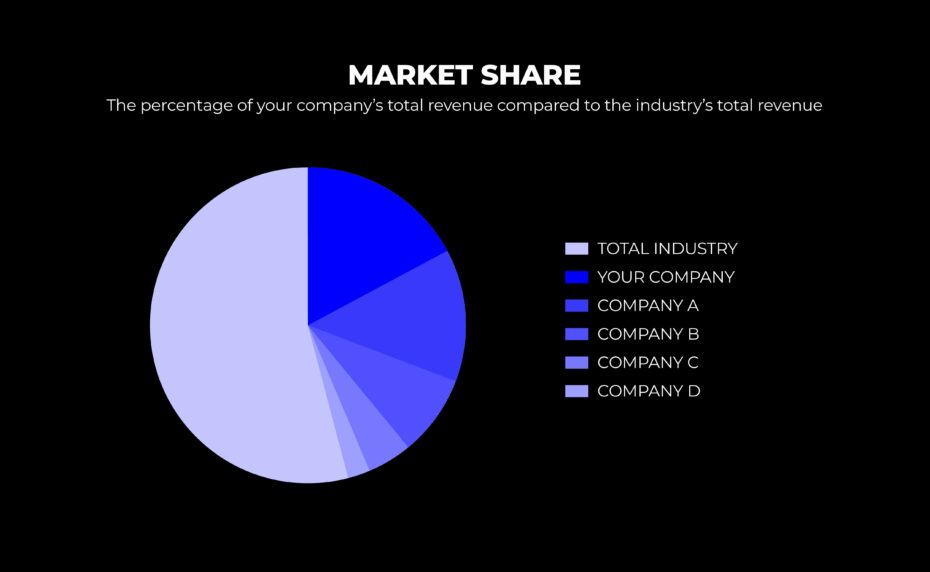Market Share as the Ultimate Metric
We Value One Success Metric above All the Rest: Market Share.

1. It’s a truer & more controllable indicator of our success as marketers.
Revenue, sales and leads all force absolute metrics on a relative measure: how much of the category are we capturing i.e. “What’s the total size of the pie — all possible sales in the category”?
Most categories outside of consumer packaged goods are influenced by macro-economic forces over which marketers possess no control: inflation, interest rates, pandemics.
Climate change has meant less snow in the Midwest, meaning fewer total snowmobiles are sold yearly. As marketers, we have no control over this phenomenon, but we can influence how much of the market we capture.
2. Market share drives other hidden forces that profoundly impact growth.
The science behind Empirical Marketing reveals the hidden forces at work behind brand growth. Like other sciences, it demystifies why some events occur regularly (rain happens, big brands enjoy a competitive advantage) and others rarely (a volcano erupts, a new brand takes over the market).
As The Double Jeopardy Law of marketing effectiveness reveals, brands with more market share enjoy two distinct advantages:
More buyers: It sounds obvious, but larger brands have more heavy buyers and more light buyers. Larger brands also have more market penetration, which means more sales and greater brand visibility.
Higher loyalty: Customer loyalty is mostly an illusion created by size. Research shows that as market share increases, customer loyalty increases too, albeit slightly.
And what about smaller brands? Smaller brands have fewer buyers who are slightly less loyal, which is why it’s called “The Double Jeopardy Law”: smaller brands suffer twice.
We’re not throwing out other metrics like revenue, leads, sentiment, etc.
These metrics ultimately build market share and help measure the efficacy of specific teams, channels and campaigns.
Rather, we’re putting them in perspective as leaders with long-term vision. Growing brands and market share demand time and consistency.
Next week, we’ll dive into the primary drivers of market share: mental & physical convenience.
Further Reading:
Harvard Business Review: Market Share—A Key to Profitability

